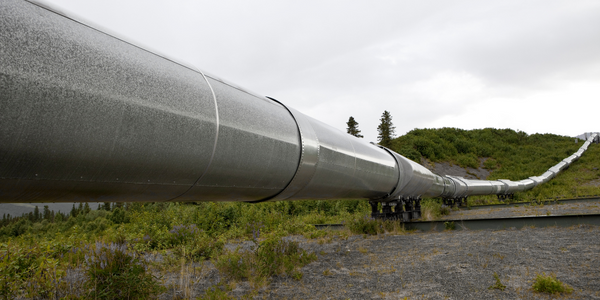Applicable Industries
- Cement
- Oil & Gas
Applicable Functions
- Procurement
Use Cases
- Time Sensitive Networking
About The Customer
Frame.io is a rapidly growing tech company that prioritizes diversity, equity, and inclusion in its hiring practices. The company is constantly hiring and recognizes the importance of sourcing for each role to ensure a strong pipeline of diverse, high-quality candidates. However, the recruitment team was stretched thin, spending countless hours sourcing for all open roles. The company needed a solution that would allow them to continue their commitment to diversity hiring without overburdening their recruitment team.
The Challenge
Frame.io, a rapidly growing tech company, was facing a significant challenge in supporting its diversity, equity, and inclusion (DE&I) initiatives without overburdening its recruitment team. The company was constantly hiring, with diversity hiring being a top priority. Despite receiving numerous referrals and inbound applicants, the team recognized the necessity of sourcing for each role to ensure a strong pipeline of diverse, high-quality candidates. However, the Senior Director of Talent and DE&I, Anna Chalon, and her recruiting team were stretched thin, spending countless hours sourcing for all open roles to build a diverse pipeline.
The Solution
To address the challenge, Frame.io turned to Fetcher, a platform that combines human and machine intelligence to analyze thousands of profiles for every search. This solution allowed Frame.io to build a robust pipeline of diverse, qualified candidates without requiring additional time. Fetcher's capabilities extended beyond sourcing to engagement, enabling Frame.io to send automated, personalized messages to prospects. This gave Frame.io the bandwidth to source for all their open roles and send more outreach than they could manage manually. The solution provided a way to streamline the sourcing process, reduce the workload on the recruitment team, and maintain a focus on diversity hiring.
Operational Impact
Quantitative Benefit

Case Study missing?
Start adding your own!
Register with your work email and create a new case study profile for your business.
Related Case Studies.

Case Study
Taking Oil and Gas Exploration to the Next Level
DownUnder GeoSolutions (DUG) wanted to increase computing performance by 5 to 10 times to improve seismic processing. The solution must build on current architecture software investments without sacrificing existing software and scale computing without scaling IT infrastructure costs.

Case Study
Remote Wellhead Monitoring
Each wellhead was equipped with various sensors and meters that needed to be monitored and controlled from a central HMI, often miles away from the assets in the field. Redundant solar and wind generators were installed at each wellhead to support the electrical needs of the pumpstations, temperature meters, cameras, and cellular modules. In addition to asset management and remote control capabilities, data logging for remote surveillance and alarm notifications was a key demand from the customer. Terra Ferma’s solution needed to be power efficient, reliable, and capable of supporting high-bandwidth data-feeds. They needed a multi-link cellular connection to a central server that sustained reliable and redundant monitoring and control of flow meters, temperature sensors, power supply, and event-logging; including video and image files. This open-standard network needed to interface with the existing SCADA and proprietary network management software.

Case Study
System 800xA at Indian Cement Plants
Chettinad Cement recognized that further efficiencies could be achieved in its cement manufacturing process. It looked to investing in comprehensive operational and control technologies to manage and derive productivity and energy efficiency gains from the assets on Line 2, their second plant in India.

Case Study
Refinery Saves Over $700,000 with Smart Wireless
One of the largest petroleum refineries in the world is equipped to refine various types of crude oil and manufacture various grades of fuel from motor gasoline to Aviation Turbine Fuel. Due to wear and tear, eight hydrogen valves in each refinery were leaking, and each cost $1800 per ton of hydrogen vented. The plant also had leakage on nearly 30 flare control hydrocarbon valves. The refinery wanted a continuous, online monitoring system that could catch leaks early, minimize hydrogen and hydrocarbon production losses, and improve safety for maintenance.









